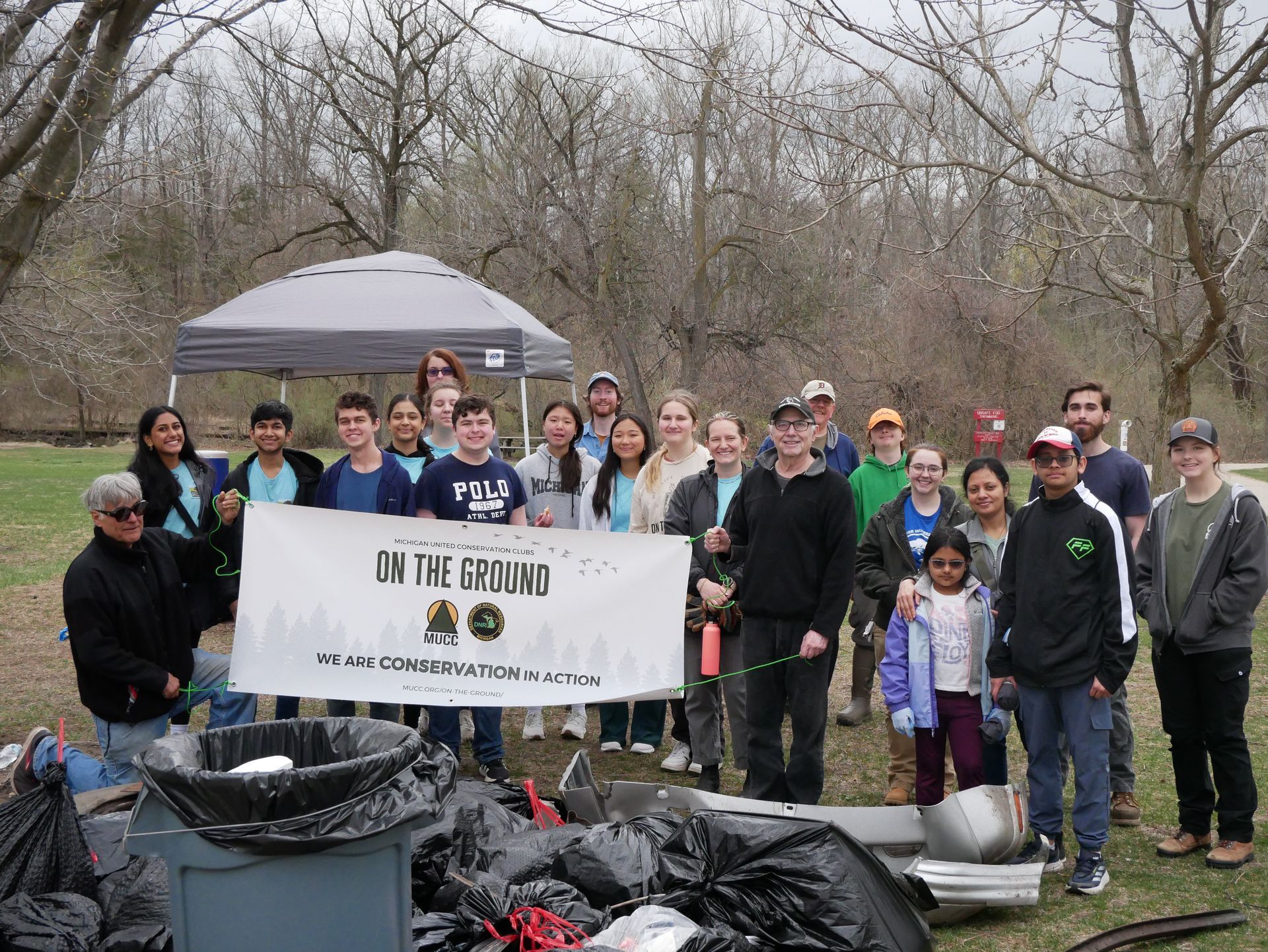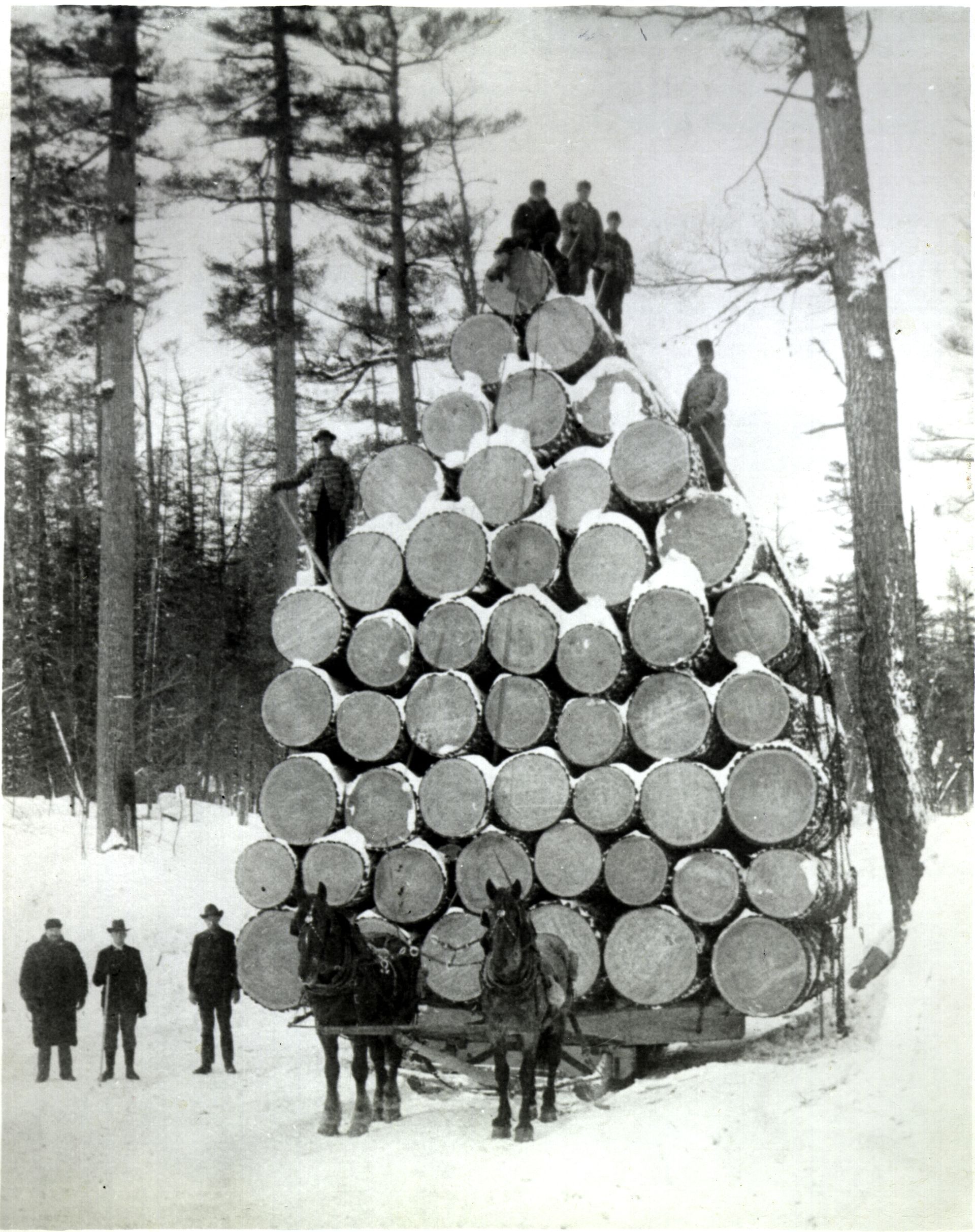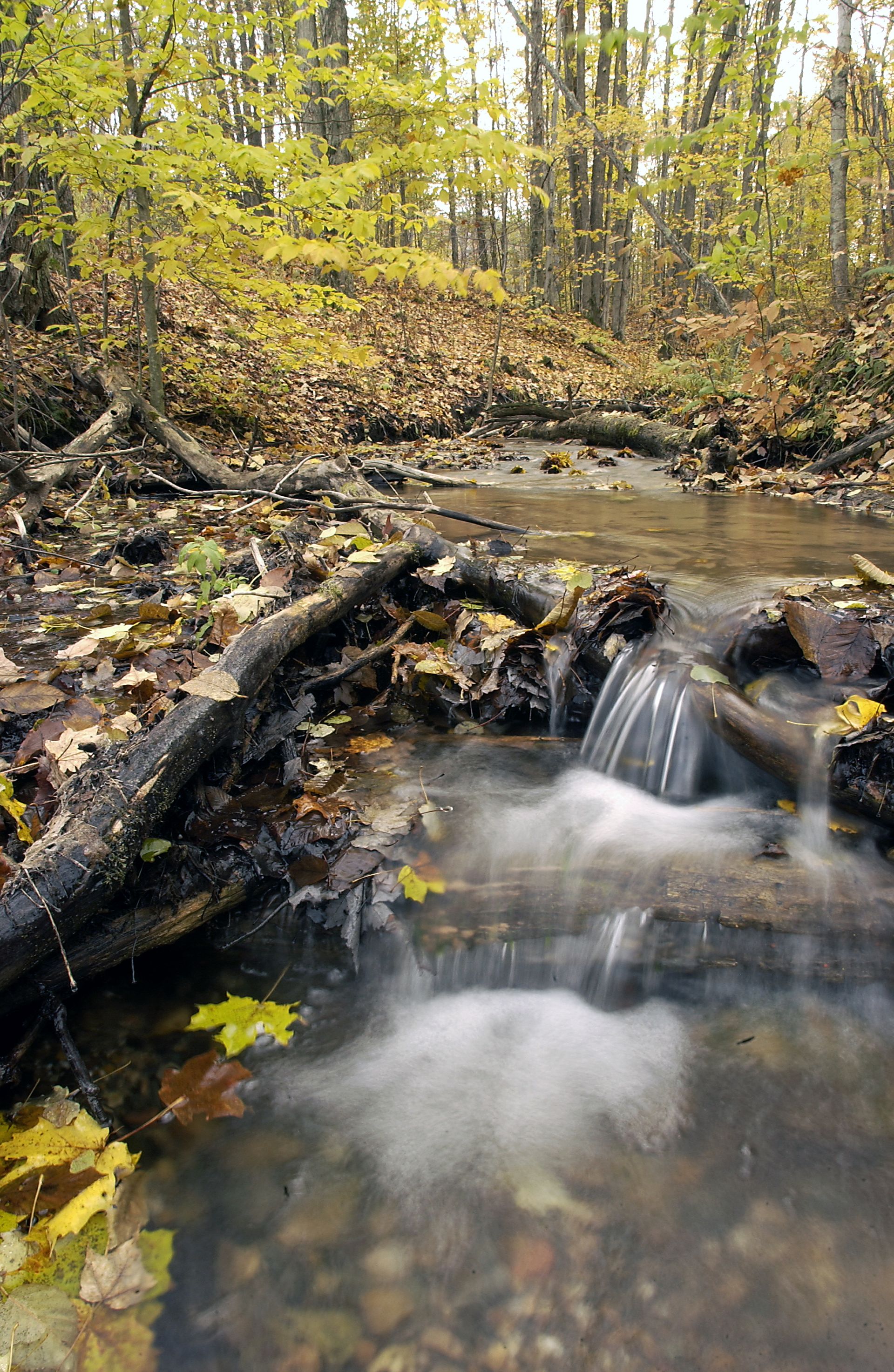Amazing Volunteers at the Jack Pine Planting Day
The Kirtland’s Warbler is one of Michigan’s greatest success stories. In 1973 the Kirtland’s Warbler was considered an endangered species. Population numbers fell due to nest parasitism and the loss of young jack pine forests, the bird’s only breeding habitat. Due to fire suppression, the forest became unsuitable for nesting habitat. To combat the issue, scientists and organizations began clear-cutting the forest to mimic fire and removing the parasitic cowbird from nesting zones. These actions led to the current status of the Kirtland’s warbler. In 2019 the bird was removed from the endangered species lists.
Even considering the outstanding success, work to improve the conservation strategy continues to be done. The problem with clear-cutting jack pine is what to do with the resulting lumber. Experiments with tree density and planting strategies are hoping to increase the quality of lumber while providing adequate habitat for wildlife.
On May 7 th the Kirtland’s Warbler Alliance, Huron Pines and MUCC hosted a jack pine planting event in St. Helen, planting around 3000 jack pine seedlings. With the help of these great volunteers, the improvement of Kirtland’s warbler conservation continues. This event assisted with experiments in improving the lumber quality of the jack pine forests and providing future nesting habitat.
If you were not able to attend this event but would like to assist in habitat improvement, click HERE.
The post Amazing Volunteers at the Jack Pine Planting Day appeared first on Michigan United Conservation Clubs.
Recent Posts



